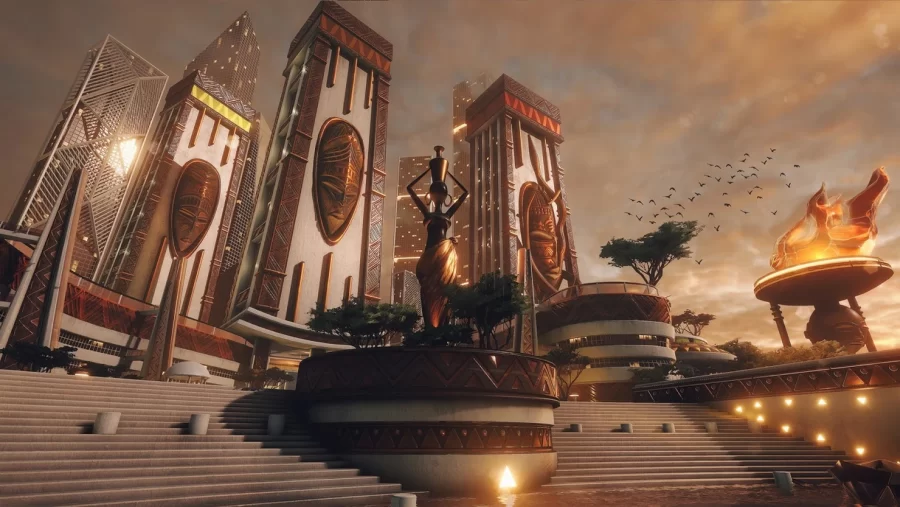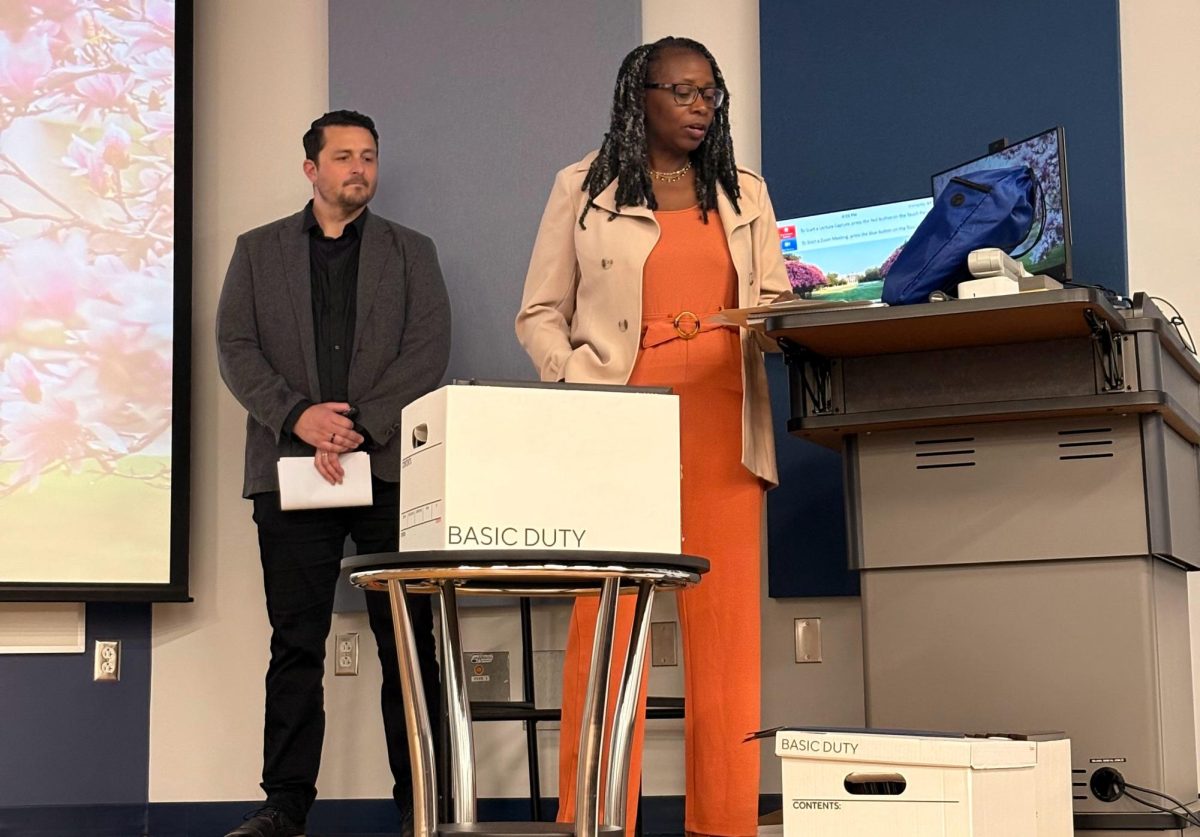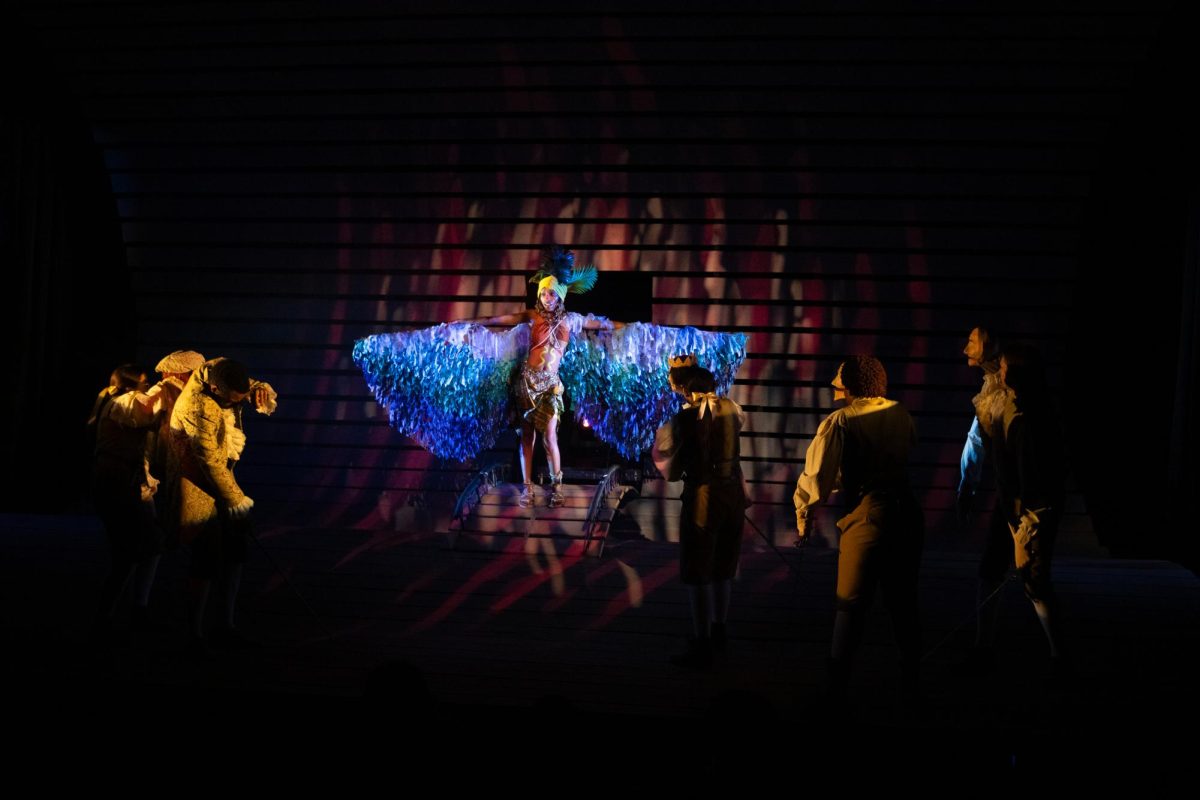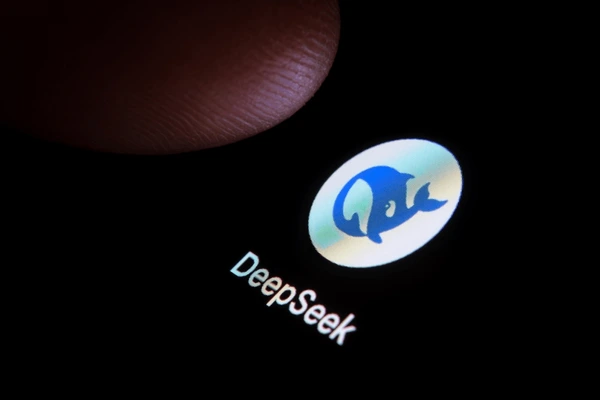Original publication date October 25, 2018.
Afrofuturism is what one takes from it. Like all art, different in the eye of the beholder, it grasps the observer and throws them into a universe that can exist anywhere beyond our own reality. It serves as the futuristic, sci-fi experience accurate to the African portrayal – free of appropriation, drowned in golden melanin, deep roots and culture.
The early 2018 release of “Black Panther” is currently the most well-known expression of this otherwise indie genre. It courses through the humanities, alive and flourishing well before Ryan Coogler and a list of co-writers adapted the 1977 comic.
In the arts, representation matters. The explosion of “Black Panther” was a result of the very representation that is lacking in Hollywood today. The feature film seemed to be the first of its kind – not limited to a black main character, but brandishing a primarily black cast, directors, writers and producers.
It is less than common that a black director, writer, photographer, designer or artist is being fawned over for their daunting talent and contribution to the industry. On the other hand, these individuals are overlooked and lost in a sea of stereotypes sewn into a whitewashed industry, accompanied with the typical details emphasized of the black community: from impoverished neighborhoods, high crime and broken families.
It’s assumed in the vast world of sci-fi that people of color are flourishing, despite lacking the acknowledgement. Accurately portraying people of color as everyday members of society, as an equal, is a development in films and television programs recent to the past 30 years.
“The social environment in which an individual of African descent lives, his perception of it and how he’s perceived. Evolution or even regression of the Black experience; what ties the future still remains a product of the past,” a junior English major said when asked to define their interpretation of Afrofuturism.
Think futurism: spaceships, otherworldly abilities, superior intellect, hierarchy societies of towering, golden utopias. The idea of advanced technology goes unchanged, but is different in the manner in which it is culturally implemented.
As well stated by Ytasha Womack in the much necessary read, “Afrofuturism: The World of Black Sci-Fi and Fantasy Culture,” Afrofuturism is the viewing of alternate futures and realities through the lens of an African or a person of color, no matter the nationality. There are artists who visualize vehicles soaring between skyscrapers of metal African markets where robots haggle with a mother of three who glows of celestial power.
Quench the growing desire to embrace tomorrow with these Afrofuturistic works of art by both celebrities and everyday people. The feature image is done by an African-French man named Jercye. The name of the piece is “Wokongo River.”
“I asked myself what can the next step of African, sub-saharan civilization be in the future without forgetting the fundamental things that made Africa culture unique, with a little fantasy of course,” Jercye said. He currently works as an 3D Environment Designer for Square Enix in the Montreal division.
“Children of Blood and Bone” is a New York Times bestseller that was released in March 2018, written by Tomi Adeyemi, a Nigerian Harvard graduate. This novel is a fresh fantasy that thrives off of Nigerian traditions, mythology, and culture.
There are many works to be explored and the industry is hungry for more. Don’t be afraid to expose your inner talent. Draw a picture, make a film or write a story that adds to the Afrofuturistic movement. Support those who have already released art and build up future that could be.








